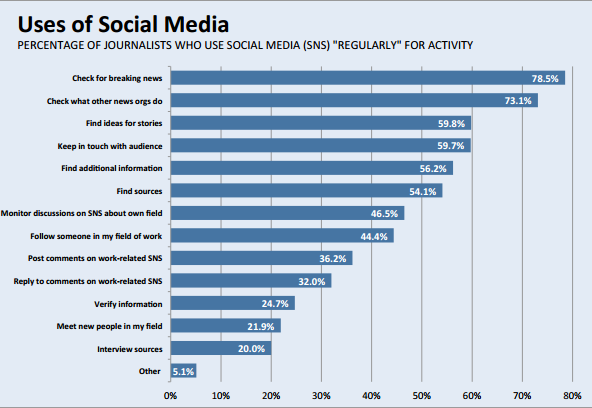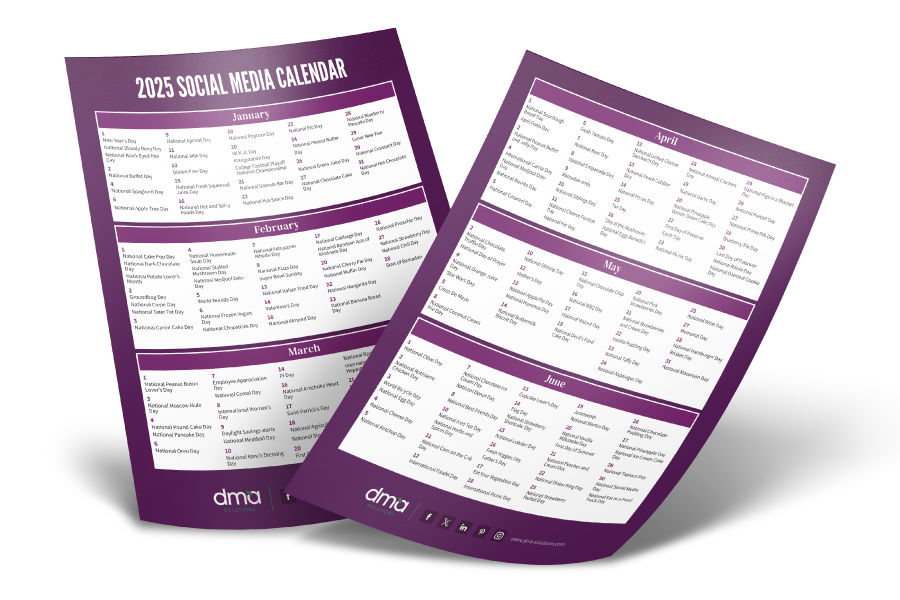 As social media becomes more and more prominent as a tool for journalists to find sources of information, inspiration, and breaking news, PR pros are utilizing this information to pitch stories via social media platforms. We agree that this is an excellent way to expand upon pitching opportunities, but there are a few dos and don’ts that you should consider before mass posting to journalists’ social media pages.
As social media becomes more and more prominent as a tool for journalists to find sources of information, inspiration, and breaking news, PR pros are utilizing this information to pitch stories via social media platforms. We agree that this is an excellent way to expand upon pitching opportunities, but there are a few dos and don’ts that you should consider before mass posting to journalists’ social media pages.
According to a report from the Indiana University School of Journalism, 60% of journalists use social media to find story ideas and keep in touch with their audiences. This statistic is enough to make any PR professional consider using social media as a tool for pitching since journalists are looking.

(Source: The American Journalist in the Digital Age – Lars Willnat & David H. Weaver)
While we’ve personally seen significant exposure for the brands we work with from social media pitches, there are a few dos and don’ts to consider since public relations is first and foremost about building relationships, and that can get a bit grey when it comes to social media.
Don’t
- Use Facebook. Facebook is meant for friends to message each other, and unless you’re good friends with a journalist, they don’t want to hear from you on this platform.
- Mass Tweet the same pitch to multiple journalists. Everything is visible on Twitter, so this is a sure way to make a journalist feel like they’re part of a media list and not sought after for any specific reason.
- Use a journalist to get to another journalist. It wastes their time, and usually ensures that you won’t be considered by either of them in the future.
Do
- Identify the appropriate journalists for the media you’re looking to pitch and get to know their unique storytelling technique. Social pitching works well when a journalist feels like you’ve done your homework.
- Use Twitter for pitching. It’s often the go-to source for information by journalists, and requires your pitches to be short and to-the-point, which journalists love.
- Engage with journalists beyond your pitches. Just as you would for your brand, it’s important that you engage with a journalist on content that is not 100% self-serving. It supports the relationship that you’re building with them!
As progressive marketers, we LOVE using social media to make and build connections with journalists and believe that this will continue to become a more widely used form of pitching between PR professionals and the media. Who knows, maybe we’ll be pitching using Snapchat this time next year!
Have a thought or question about pitching via social media? Comment below or tweet us at @thecoreblog and @bethatkinsonpr!












